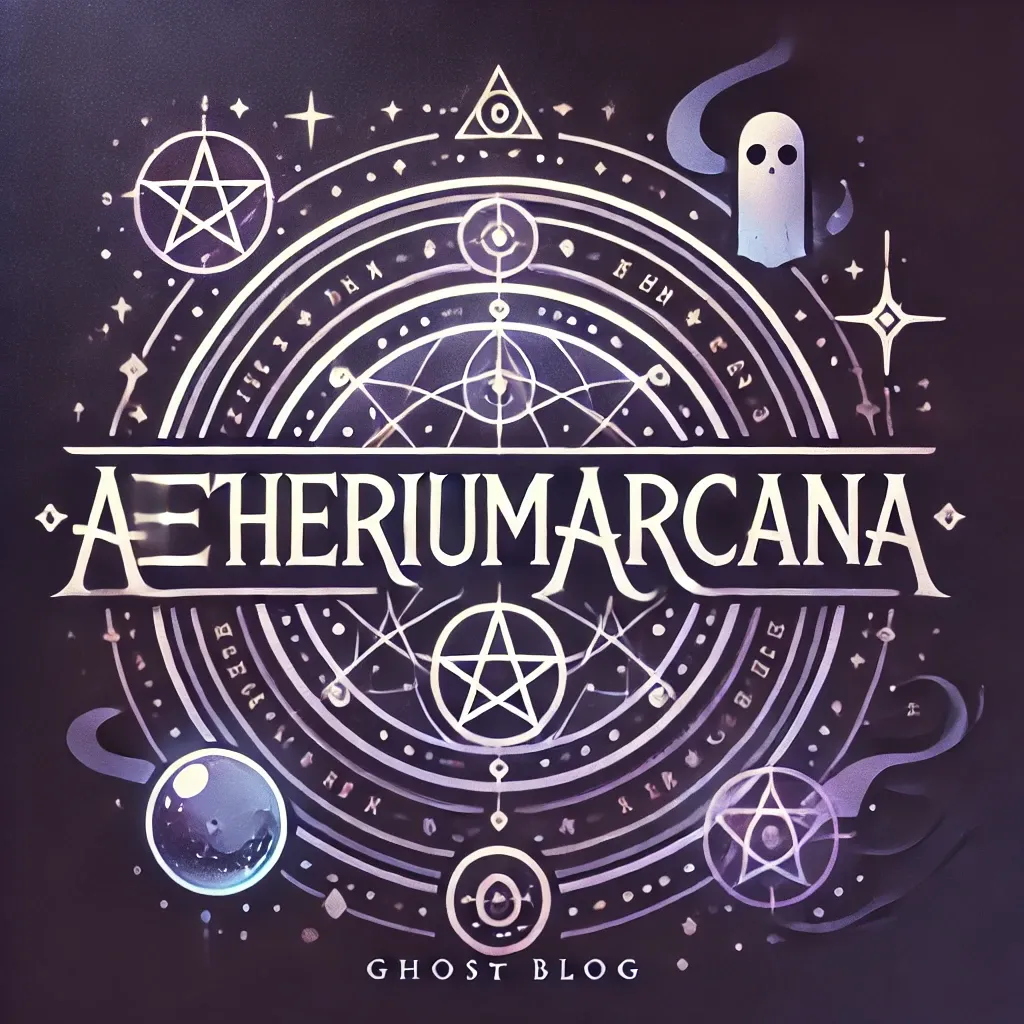When we think of vampire fiction, most minds leap straight to Bram Stoker’s Dracula. Yet over two decades before Stoker’s Count unfurled his cloak upon the world stage, an Irish writer named Sheridan Le Fanu published a quieter, eerier tale: Carmilla (1872). Less bombastic but no less haunting, Carmilla is the feminine counterpart to Dracula—a novella that whispers rather than roars, drawing the reader into a languid web of desire, dread, and fatal intimacy. It is one of the earliest—and still most powerful—explorations of the vampire myth, especially in its entanglement with gender, sexuality, and identity.
This article introduces Carmilla to the uninitiated: its story, themes, historical context, and lasting legacy. It is a tale not only of the supernatural, but of repression, haunting, and the dread that grows in silence.
A Gothic Story in Miniature
Set in an isolated schloss in the forests of Styria (modern-day Austria), Carmilla is told through the eyes of Laura, a young woman who recounts the strange events that unfolded in her youth. The tale begins with the arrival of a mysterious guest—Carmilla, a beautiful, languid young woman whose carriage is conveniently overturned near Laura’s home. She becomes a houseguest of Laura’s family under odd circumstances, and a close, almost hypnotic bond forms between the two girls.
But Carmilla is no ordinary visitor. As time passes, Laura begins to feel drained, both physically and emotionally, plagued by disturbing dreams and a growing sense of dread. The truth slowly emerges: Carmilla is a vampire, feeding on Laura under the guise of friendship and affection. Eventually, with the help of the learned Baron Vordenburg and the embittered General Spielsdorf—who lost his own daughter to Carmilla—the vampire is tracked to her crypt, where she is ritually destroyed.
It’s a deceptively simple story, but beneath its surface churn deeper waters: themes of forbidden desire, the monstrous feminine, the unreliability of memory, and the collision between Enlightenment rationality and archaic superstition.
The Man Behind the Shadows: Sheridan Le Fanu
Joseph Sheridan Le Fanu (1814–1873) was an Irish writer steeped in the Gothic tradition. A product of Dublin’s Protestant elite, Le Fanu was shaped by personal tragedies and a keen sensitivity to the decaying grandeur and spiritual unease of 19th-century Ireland. Though less well-known today than Stoker or Poe, he was a master of psychological horror, and is sometimes called “the invisible man of Victorian literature” for his subtle yet pervasive influence on later writers.
By the time he wrote Carmilla, Le Fanu had perfected the art of suggestion—implying more than he told, and letting the dread pool between the lines. This style was partly shaped by his own inner life: Le Fanu suffered from recurring depression and was haunted by the sudden death of his wife. His fiction reflects this loss and ambiguity, often featuring female ghosts, estranged families, and narrators unable to fully understand the forces acting upon them.
Carmilla was first published serially in the magazine The Dark Blue and later included in In a Glass Darkly (1872), a collection of ghostly tales framed as case studies by the fictional occult investigator Dr. Hesselius. In many ways, it is Le Fanu’s most refined and disturbing work.
The Vampire Before Dracula
Le Fanu did not invent the literary vampire. That credit usually goes to John Polidori, whose 1819 story The Vampyre introduced the aristocratic, seductive bloodsucker modeled loosely on Lord Byron. Polidori’s vampire was male, urbane, and destructive—more predator than ghost. But Le Fanu brought something new to the mythos: a female vampire whose charm is indistinguishable from affection, and whose attack mimics the rituals of courtship.
What distinguishes Carmilla is not only that it predates Dracula, but that it presents the vampire less as a foreign invader and more as a reflection of intimate, internal danger. Carmilla doesn’t come from afar; she arises from within the home, even within the self. Unlike Count Dracula, who arrives in England like a storm, Carmilla is already there, nestled in the bedchamber, whispering in the night.
In this, Le Fanu’s novella anticipates Freud’s idea of the “uncanny”—the return of what was once familiar but has become strange and disturbing. Carmilla is not just a monster; she is Laura’s friend, possibly her lover, and her reflection in many ways. The horror is not just that Carmilla is a vampire, but that she is beloved.
Desire, Repression, and the Female Vampire
One of the most striking elements of Carmilla is its eroticism—delicate, insinuating, and unmistakably queer. While Victorian fiction often cloaked sexuality in metaphor, Carmilla is unusually frank in its depiction of same-sex desire, though always through the haze of the Gothic. Laura is fascinated by Carmilla’s beauty, touched by her intense affection, and yet increasingly disturbed by her presence. Carmilla speaks to her with fervent passion: "You are mine, you shall be mine, you and I are one forever."
This blend of romantic yearning and vampiric possession is central to the novella’s power. Le Fanu crafts a story in which the boundary between love and predation is porous, where intimacy becomes invasion.
Critics have long debated how conscious Le Fanu was of the lesbian undertones in Carmilla. Whether intentional or not, the effect is profound: the vampire becomes a symbol of repressed desire, the "love that dare not speak its name," stalking the corridors of the unconscious. Carmilla is both threat and wish-fulfillment, a projection of Laura’s longing and her doom.
In this way, Carmilla fits neatly into the larger Gothic tradition, which often explored sexual taboos under the guise of supernatural horror. Yet it also subtly subverts that tradition by giving the vampire a voice, a personality, and a kind of tragic depth. Carmilla is not a villain in the conventional sense; she is lonely, yearning, even pitiable. Her destruction at the end—ritualistic, brutal, and final—feels less like justice than an exorcism of something too dangerous to be allowed into daylight.
Horror as Ritual: From Sensuality to Slaughter
The final act of Carmilla is a jarring shift from dreamlike seduction to violent clarity. Once the truth is uncovered, the male characters—rational, military, medical—spring into action. Carmilla is traced to her tomb, where she is “disinterred, decapitated, and burnt to ashes.” The ritual is cold and complete, and notably, it happens off-stage, narrated from a distance. This distancing effect enhances the horror, making it feel both impersonal and inevitable.
Here we see the deeper tension in the novella: between the enchantment of forbidden desire and the brutality of its suppression. Carmilla’s destruction is not just the killing of a vampire, but the silencing of a voice that speaks too honestly of love, hunger, and identity. In the end, Laura does not rejoice—she merely survives, haunted by memory and loss. Her final lines are tinged with melancholy, suggesting that part of her was buried with Carmilla.
The progression from sensual allure to ghastly violence is typical of Gothic fiction, but Carmilla executes it with uncommon elegance. It leaves the reader both satisfied and unsettled—satisfied by the resolution of the mystery, unsettled by the moral ambiguity of the outcome.
A Legacy of Velvet and Blood
Though overshadowed for many years by Dracula, Carmilla has since earned its rightful place as a foundational text in vampire literature. Its influence can be seen in everything from Hammer horror films to Anne Rice’s Interview with the Vampire and beyond. It laid the groundwork for the now-familiar trope of the female vampire as both seductress and monster—beautiful, tragic, and transgressive.
In recent decades, Carmilla has also become an icon of queer literature. Feminist and LGBTQ+ readings have highlighted its subversive potential, reclaiming Carmilla as a figure of resistance against the constraints of heteronormative society. Modern adaptations—from web series to graphic novels—have reimagined the story in ways that embrace, rather than condemn, its erotic core.
Yet even in its original form, Carmilla remains a deeply modern work. It speaks to the uncertainties of identity, the fear of intimacy, and the blurry line between love and annihilation. Its prose is rich but not overwrought, its atmosphere thick but not suffocating. And in Carmilla herself, it offers one of the most compelling and enduring figures in horror fiction: not a monster in the dark, but a shadow in the heart.
For the First-Time Reader
To approach Carmilla today is to enter a world of foggy woods, candlelit corridors, and whispered confessions. But more than that, it is to encounter a story that dares to ask: what if the most dangerous thing was not what came from outside, but what stirred within us? In its compact length and haunting power, Carmilla endures—not just as a stepping stone to Dracula, but as a masterpiece in its own right.
Whether read as Gothic horror, queer allegory, or psychological study, Carmilla rewards attention. Its voice is quiet, but persistent. And like its title character, it has a way of slipping past our defenses, of lingering long after the last page is turned.


Member discussion: